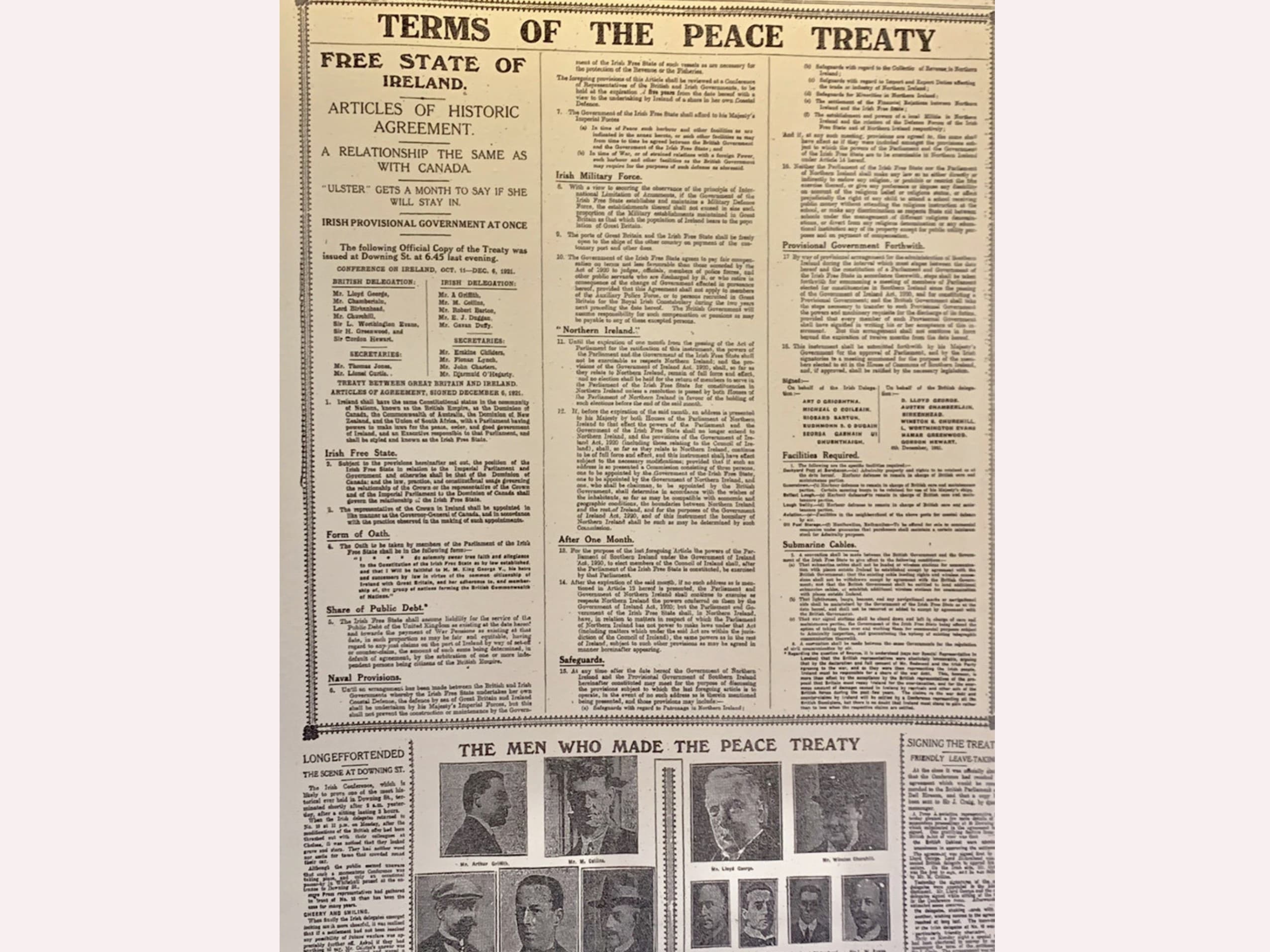Success
A Brief History of Spike Island and the Prison Riot of 1985
Fortress Spike Island was officially opened by former Mayor of County Cork, Clr. Seamus McGrath, five years ago this week.
A €5.5 million investment transformed the prison from a bleak fortress into a thriving heritage attraction, which has welcomed tens of thousands of visitors each year since 2016. The prison's former church is now a cafe, while parts of the fort have been carefully restored to showcase artefacts from centuries gone by.
Dubbed 'Ireland's Alcatraz,' Spike Island was Europe's top tourist attraction in 2017 and a functioning prison up until 2004.
A Formidable Fortress
Spike Island was used by the British military as early as 1650 to confine political prisoners in the aftermath of the Cromwellian conquest.
Fortifications existed on the island from 1779; a 10-acre fort called Fort Westmoreland was built in 1790 to help defend Great Britain against foreign invasion. In the mid-1800s, further works were completed on the site, resulting in a 24-acre star-shaped fortress that remains standing today. The new feat of engineering was then named 'Fort Mitchel.'

One of a dozen guns on display at Spike Island's 'Gun Park' exhibition
At the time, Fort Mitchel was one of the largest and most technologically advanced fortresses in the world. According to the attraction's website, "the fort is so large it could fit the Colleseum of Rome inside its walls 4 times over, and modern sports stadiums and the whole of Alcatraz island could fit inside!"
Irish Prisoners
In 1847, Fort Mitchel was converted into a prison to help ease overcrowding in other Irish prisons. The Great Famine had led to a sharp increase in crime - mainly theft — as people struggled to feed their families and stay alive.

The men and boys who were sent there (many of them as young as 12) were subjected to appalling living conditions. The prison quickly became overcrowded itself, and during its first six years in operation, it's estimated that up to 1,000 prisoners died there. They were buried in mass graves on the site.
The Fight for Irish Independence
The prison was eventually closed in 1883. The fort became a military asset again during the First World War when it was used as a soldier training base.
Rebellion saw Irish prisoners ferried to the island again in the early 20th century. In 1916, crew members of the gunrunning ship 'the Aud' were captured and held at the fort.

Over 1400 Irish War of Independence prisoners were also interned there in 1921; they left behind woodwork, poetry, and diary entries that are on display at the fortress today.
After Irish Independence, Fort Mitchel remained under British control until 1938 when it was handed back as part of a trade war agreement. But its history as a place of suffering and incarceration doesn't end there.
Prison Riot of 1985
Fort Mitchel became a prison once again in 1985.
But on the night of the 31st of August that year, prisoners escaped from their cells in numbers. They quickly overpowered the wardens and forced them to flee the island by boat.

The burnt-out and abandoned Block A
Armed with weapons from the stores, the prisoners took control of the fortress and set fire to A Block and part of B Block. They then climbed onto the roof of 'Mitchells Hall' as security forces landed on the island. None attempted to cross the dark bay and swim to Cobh.
The following afternoon, they surrendered. It was acknowledged that prison accommodation was subpar, resulting in C Block being converted into more modern living quarters. It housed prisoners up until 2004 when rising costs rendered the prison too expensive to run.
. . .
There's nothing like seeing one of Ireland's — and Europe's — most infamous landmarks in person. Exhibitions at Fortress Spike Island tell dozens more stories about the characters and events that shaped the Island's history.
Some of the attraction's highlights include solitary confinement cells in the Punishment Block, the carefully reconstructed sleeping quarters, and the War of Independence exhibition — to name a few!
Book your visit and tour this Autumn through the Fortress Spike Island website.
Reference: https://www.spikeislandcork.ie/discover/. Many thanks to Fr Liam Kelleher for the photos.